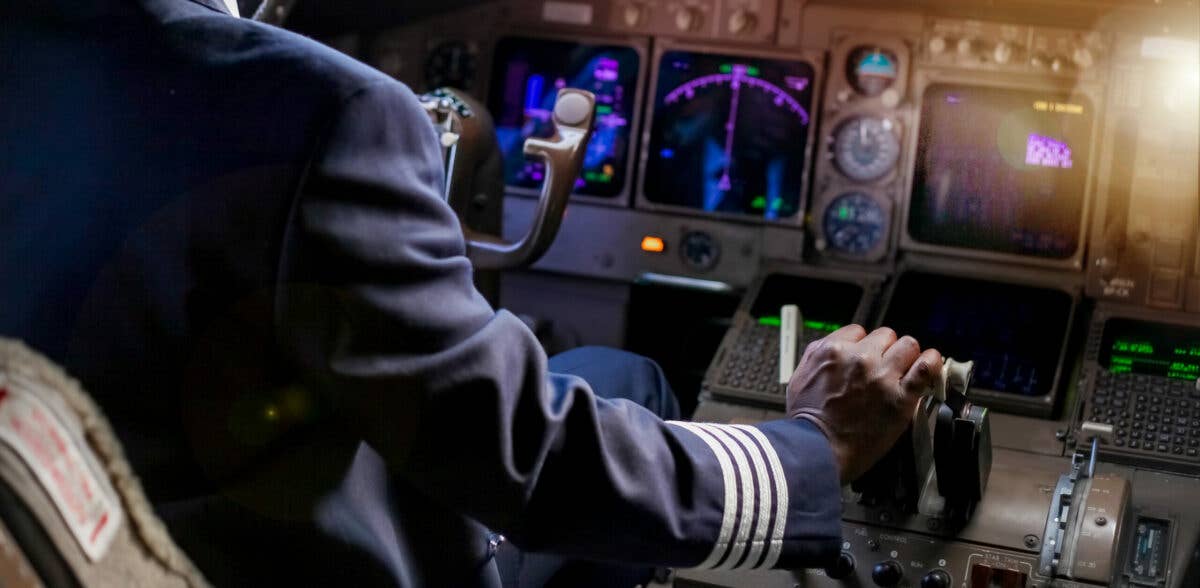What Does a Pilot Require To Remain Current in an Aircraft Requiring a Type Rating?
The answer to this question can appear to be complicated unless you enjoy reading FAA regulations for amusement.

FAA regulations outline requirements for how a pilot remains current on aircraft type ratings. [Credit: Shutterstock]
Question: What does a pilot require to remain current in an aircraft requiring a type rating?
Answer: The answer to this question can appear to be complicated unless you enjoy reading FAA regulations for personal amusement.
If you're not already a subscriber, what are you waiting for? Subscribe today to get the issue as soon as it is released in either Print or Digital formats.
Subscribe NowFAR 61.58 states: “Except as otherwise provided in this section, to serve as pilot in command of an aircraft that is type certificated for more than one required pilot flight crew member or is turbojet powered, a person must—
1) Within the preceding 12 calendar months complete a pilot-in–command proficiency check in an aircraft that is type certificated…"
The regulation goes on to say that the proficiency check may be conducted by a “person authorized by the Administrator, to include aeronautical knowledge areas, areas of operations and tasks required for a type rating in an aircraft that is type certificated.”
Or "...a check or test may be accomplished in a flight simulator under Part 142…"
As an owner-operator of a Cessna Citation CJ1, this basically means a yearly check ride, the so-called “sixty-one/fifty-eight.” This can be conducted in the airplane or in an approved flight simulator. A number of training centers qualify for the Cessna Citation series. Slots for proficiency checks typically last three days and may be hard to find as demand for general aviation turbojet flights has increased since the COVID pandemic, and pilots are finding new jobs on new equipment or with the airlines. The cost for a single pilot 61.58 for a CJ1 is $6,500 to $8,000. Heavier, more complex airplanes are more expensive
Do you have a question about aviation that’s been bugging you? Ask us anything you’ve ever wanted to know about aviation. Our experts in general aviation, flight training, aircraft, avionics, and more may attempt to answer your question in a future article.
This column was originally published in the February 2023 Issue 934 of FLYING.

Sign-up for newsletters & special offers!
Get the latest FLYING stories & special offers delivered directly to your inbox







